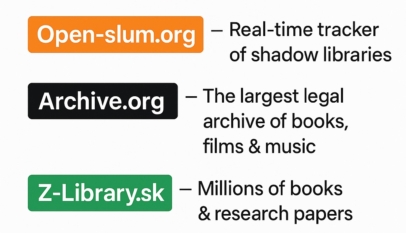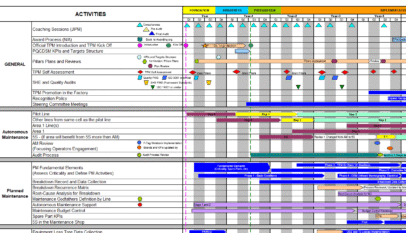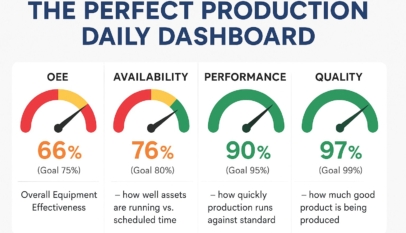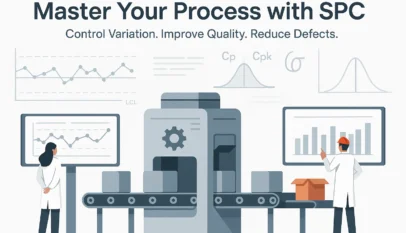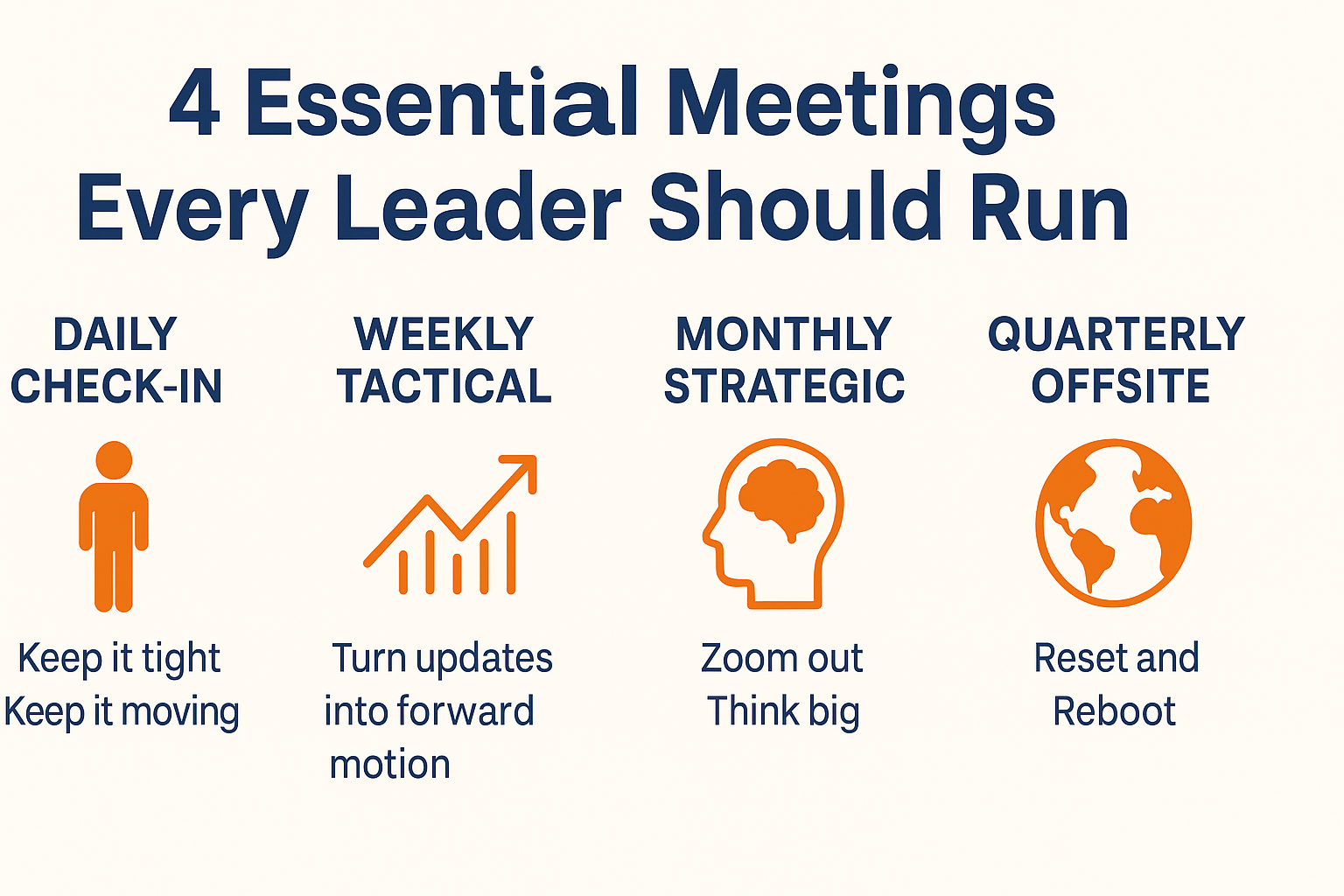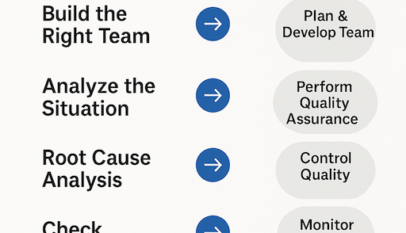“OKR” stands for Objectives and Key Results. It is a strategic framework that organizations design to achieve goals and success. Companies often use OKR to define and track objectives and measure their outcomes. “Objectives” refer to desire goals and outcomes that every organization wants to reach, whereas “Key Results” are specific and measurable milestones that indicate progress toward the objectives.
While organizations use OKR to achieve their goals, they make a few mistakes that impede productivity due to misapplications. Consider avoiding these top five OKRs mistakes, given below;
Mistake 1: Low Leadership Engagement
The success of an organization highly depends on the leader’s hands as a leader has to lead his team to the highest peak of success by implementing attainable goals to their disciple. However, while leaders become fragile to implement “OKR” successfully in the organization, the company steps out from its vision. Due to a leader’s lack of leadership quality, the organization loses engagement and value, and workers lose sight of the work.
Solution: Be the Role Model and Implement OKR with Clear Aligned
A leader has to be a role model to his co-worker instead of being the “lost individual.” Every goal and objective will easily be attainable if the leader plays the very being. He has to be motivated, self-resilient, and confident while coping with his team with the OKR concept. So, a leader can achieve “OKR” by keeping it to the new hiring orientation, manager training, internal coaching programs, and individual development plans. They should be marketed internally, painted on office walls, and displayed on digital backgrounds. If these steps are followed, the worker can not be visionless; the goals and objectives will be considered while working.
Mistake 2: Establishing Unrealistic Goals
Goals are the end game every organization desires to reach, but how would you compare that destination without a road map? You will lose in the middle of the road if you need to know where and how to go. When an organization sets unrealistic goals in front of their employee, they feel the same sense of loss due to unrealistic goals, which are impossible to achieve.
Solution: Set Goals that are Possible to Attain
While organizations set objectives to achieve goals, they must be inspirational, meaningful, and connected with OKRs. Aiming high and setting ambitious goals with feasible methods to gain them is said. Aims should be attainable with proper strategies, well-defined measurable, and supported by a clear plan, budget, and resources. Goals or ambitions should be challenging but possible to attain.
Mistake 3: Focusing on activities, not objectives
When new to OKRs, teams often mistake objectives for key results that are merely tasks. However, it’s essential to understand that OKRs are not a to-do list. They serve as a guiding framework that provides purpose and direction to the work. Tasks alone do not drive significant impact and can lack meaning without an overarching objective to propel them forward.
Solution: Recognize the distinctions among objectives, key results, and tasks
Most people need clarification on the objectives, key results, and tasks. Because of that, employees feel a sense of loss while working towards objectives and goals. That’s why they need to understand the distinctions among these concepts.
Objectives are the desired outcome that provides directions and concentrations. Achieving an objective should result in a clear and definitive “yes” or “no” response rather than a percentage-based measurement. Key Results are the time-bound outcomes that assist in achieving an objective. The task is a small daily initiative to accomplish the organization’s critical results and objectives. It means tasks work as undertaken actions to perform actual results.
Mistake 4: Lack of training and Education
Most of the time, the organization must educate and train its employees about OKRs. As a result, the employee doesn’t know how to achieve OKRs goals.
Solution: Provide Education and Training
Provide adequate training and education on OKRs to team members. Help them understand the purpose, methodology, and best practices to maximize the benefits of OKRs. This way, the issues with OKRs will easily be overcome.
Mistake 5: Setting but Forgetting to implement the OKRs
Every organization sets its OKRs before starting its operation, but often, they need to remember to implement them in the organization’s work. Before beginning the company, the organization writes down its vision, mission, goals, and OKRs framework. When the organization starts its journey, it forgets all its necessary things due to transparency and alignment in the operation.
Solutions: Regular Evaluation and Reflection in the Daily Work
To fix this issue, the organization has to play a stick role, not so harshly but politely. The company has to create a weekly routine to discuss and review with the employee. Moreover, the organization ensures that objectives and key results are aligned with the overall goals and vision. Communicate them transparently across the team to foster understanding and collaboration.
How OKRs Different than KPIs and SMART?
OKRs focus on setting ambitious and measurable vital results to achieve outcomes within a selected period, emphasizing alignment and adaptability. On the other hand, KPIs (Key performance indicators) mainly focus on measuring specific performance indicators, often with longer time horizons, and may have a narrower scope. SMART is a framework for goal setting that can be used with OKRs and KPIs to enhance effectiveness.
How to Adopt OKRs in an Organization?
As you know, OKRs is a framework that originated in Intel and was then welcomed throughout the other Silicon Valley companies. But the actual concept of OKRs took the limelight after adopting by Google. By adopting OKRs, companies can focus on communication and alignment, unlike traditional methods. Check below to find out how to adopt and the conveniences of adopting OKRs in the organization:
Provide structure with strategic goals
The best part of adopting OKRs in the chain of work of the company is that it has a purpose, focus, and structure. It provides a structured framework that integrates clear objectives with measurable key results. OKRs system assists organizations in aligning their efforts, prioritizing resources, increasing accountability, and driving progress toward strategic goals. It is essential to implement these strategies to ensure the project’s success and provide the best possible return on investment.
To adopt OKRs in the company, create a structured framework and strategic goals and ensure that each individual is following it and inspired and motivated to achieve those goals.
Create alignment and accountability
The organization always wants to adopt OKRs in their company because it assists in creating alignment and accountability in the workforce. It creates alignment among teams and individuals by setting the same objectives and goals. Each individual desired to achieve the same goals and objectives so the work environment becomes cohesive and coordinated, maximizing efficiency and effectiveness. Apart from that, the leader can easily sense the progress after implementing OKRs since the progress is so transparent to everyone.
To adopt OKRs in an organization, create alignment from up to bottom and ensure all the departments are interconnected. This way, teams will be focused; personal and peer accountability will increase when everyone is clear on their role in achieving company goals. With strong alignment and ownership, minimal intervention or management is needed.
Advanced OKR writing techniques
Whenever a company wants to adopt OKR, they need help understanding where to start and feel confused and scared to take the first step. So, before implementing OKRs in the organization, you have to consider a few things. The first thing is, What would you like to change or create? Why is it important to you, or what’s at risk if you don’t achieve it? And how will you know if you succeed? These questions must resonate with everyone wanting to adopt OKRs in his company. ORKs can be levelled by adding milestones after or as you design your goal and plan. Real and meaningful progress is incremental. As an American investor, John Doerr says, “You don’t just wake up in the morning and bench press 500 pounds.” That’s why the leader or the company CEO has to be insightful and ensure that his OKRs meet the SMART criteria – Specific, Measurable, Achievable, Relevant, and Time-bound. This initiative helps make his company objectives and key results more focused, concrete, and actionable.
Advanced OKR Management and Tracking to Create a lasting Impact
Advanced OKR management and tracking can implement to create a lasting impact in the organization. To do that: Choose the preferred tool, such as Google Docs, Sheets, project management software, or pen and paper. Keep the program separate but easily accessible to the employee. Use a tool that makes it easy to reference and update your plan.
Such as: Store your goal in the exact location as your OKRs, but separate them. For example, you can have a column or separate tab dedicated to tactics in a Google Sheet. This approaches ensures that your plan is easily accessible and can be updated alongside your OKRs. Moreover, include activities and tasks: In the method, outline the activities and functions required to progress on your OKRs. Order them sequentially, highlighting the functions that need to be done first.
Final Thought
Implementing OKRs can be challenging, but with proper planning and communication, adapting to the company and driving progress toward ambitious goals that will bring success is easy.



